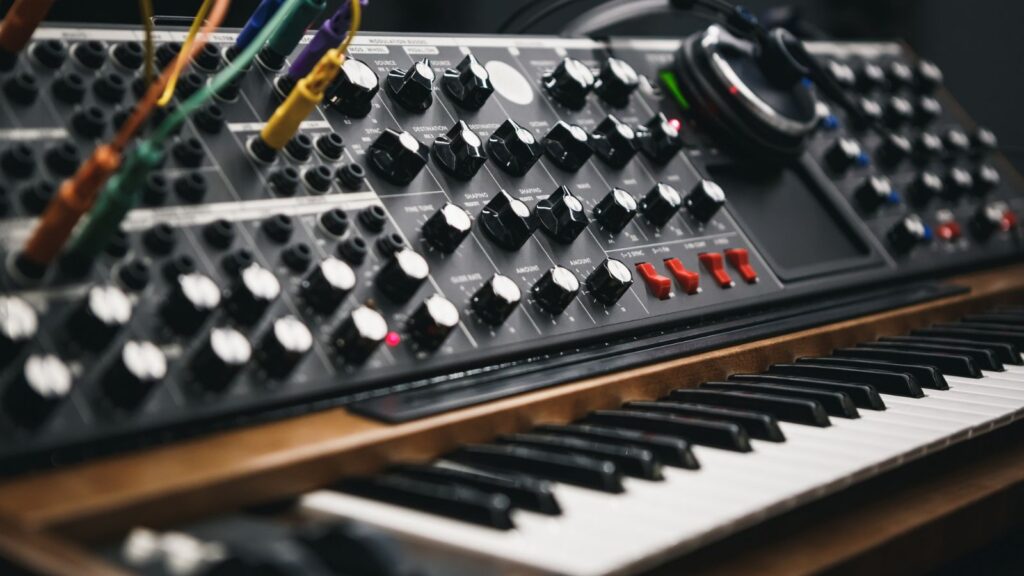Ah, the ’80s – a decade of big hair, bold fashion, and unforgettable music. Some trends from that era were so amazing that we’re still wishing they’d make a comeback. Get ready for a blast from the past that will have you feeling totally rad, because here are 17 incredible ’80s trends we desperately want back.
Mixtapes

A personal and thoughtful way to curate and share music, according to the BBC, the availability and affordability of cassette tapes made music easy to share with friends. They go on to say that even with streaming services, the idea of a mixtape is still popular, as it is “a unique meeting-point between two people—like a letter or a dance.”
Hair Metal Bands

According to Rolling Stone, the hair metal bands of the 1980s were “visually flamboyant and prone to shout-along hooks in ways that made them saleable in a video-single format.” Bands like Mötley Crüe, Poison, and Bon Jovi sold millions of albums and defined a generation with their anthemic songs.
Breakfast Cereals

The ‘80s popularized colorful, sugary breakfast cereals that were often tied to popular cartoons or characters to engage children. The experience of eating these cereals while watching Saturday morning cartoons became a cultural phenomenon, and according to the National Post, “Following five days of hard work at school, it was a treat—one children often put together themselves as their parents slept in.”
Neon Fashion

Neon colors often symbolize the 1980s’ love of bold, expressive style. The bright shades of yellow, green, pink, and orange were used in clothing and accessories and reflected the sense of optimism and fun the ‘80s brought. While it’s made various comebacks in later eras, neons still firmly remain a memory of the 1980s.
Retro Video Game Consoles

The 1980s were the golden age of video gaming, and consoles such as the Nintendo Entertainment System (NES) and the Sega Master System revolutionized home gaming. These retro consoles have remained popular with gamers who love the charm of the game design and the tactile feel of swapping cartridges—something that’s lost in modern consoles.
Analog Photography

Analog photography allowed people to capture memories and moments in a tangible, irreversible way that is a far cry from today’s world of digital snapshots, videos, and endless storage. The distinct look of film photography, along with the anticipation of waiting for your photos to be developed, carries a unique charm that digital photography doesn’t offer.
Boomboxes

Portable music devices were relatively new, and the boombox symbolized the 1980s street culture, allowing people to share their favorite tracks in public spaces. Large and often flashy in their design, boomboxes became somewhat of a fashion statement and were particularly prevalent in the breakdancing and hip-hop scenes.
Roller Skating Rinks

Iconic in 1980s culture, roller skating rinks became a social hub for people of all ages to gather, celebrate, and engage in a fun activity. The venues used music and lighting to create an immersive experience, and this has remained a nostalgic memory of the era.
Analog Synthesizers

The ‘80s music scene was heavily defined by the distinctive sounds of analog synthesizers, which played a particular role in genres such as synth-pop, new wave, and electronic music. The instruments allowed musicians to experiment with new sounds and textures, and the warm sound they produced is still sought after by musicians today.
Saturday Morning Cartoons

The programming of Saturday morning cartoons was an integral part of the 1980s, and a wide variety of animated series became cultural staples. The ritual of waking up early on Saturday morning for your favorite characters marked the start of the weekend and is a fond memory for many.
Fitness Craze and Aerobics

Aerobics became a cultural phenomenon in the 1980s and was characterized by vibrant attire, high-energy music, and charismatic instructors, epitomized by figures like Jane Fonda. This became part of a fitness boom as well as a social activity and fashion statement.
Telex Machines

An early form of digital communication, telex machines were particularly prevalent in 1980s business communities and allowed people to send instant text-based messages globally. A precursor to email and internet communication, the technology revolutionized international trade and relations.
Airbrushed Artwork

Featured on everything from t-shirts and vans to album covers, airbrush artwork was somewhat of a cultural phenomenon in the 1980s. The vibrant colors and smooth gradients were synonymous with the customized culture of the time, and the unique pieces of art were highly valued for their personalized touch.
Waterbeds

A hallmark of modern, luxury bedroom decor in the 1980s, waterbeds were famed for their novelty and comfort, representing a symbol of the era’s design and lifestyle trends. The beds offered a unique sleeping experience and remain a nostalgic memory for those who experienced them in their heyday.
Pen Pals and Snail Mail

The ’80s saw a boom in the pen pal phenomenon, where individuals would write to others across the globe, exchanging letters, sharing cultures, and building friendships. The wait for letters fostered a sense of anticipation and excitement, and the arrival of the latest letter became a meaningful event.
Collectible Trading Cards

From sports figures to iconic TV shows and movies, the 1980s saw a surge in the popularity of collectible trading cards. Fans would collect, trade, and preserve cards, creating a culture of conventions and social events for trading. The unpredictable nature of buying cards made them exciting and unpredictable.







